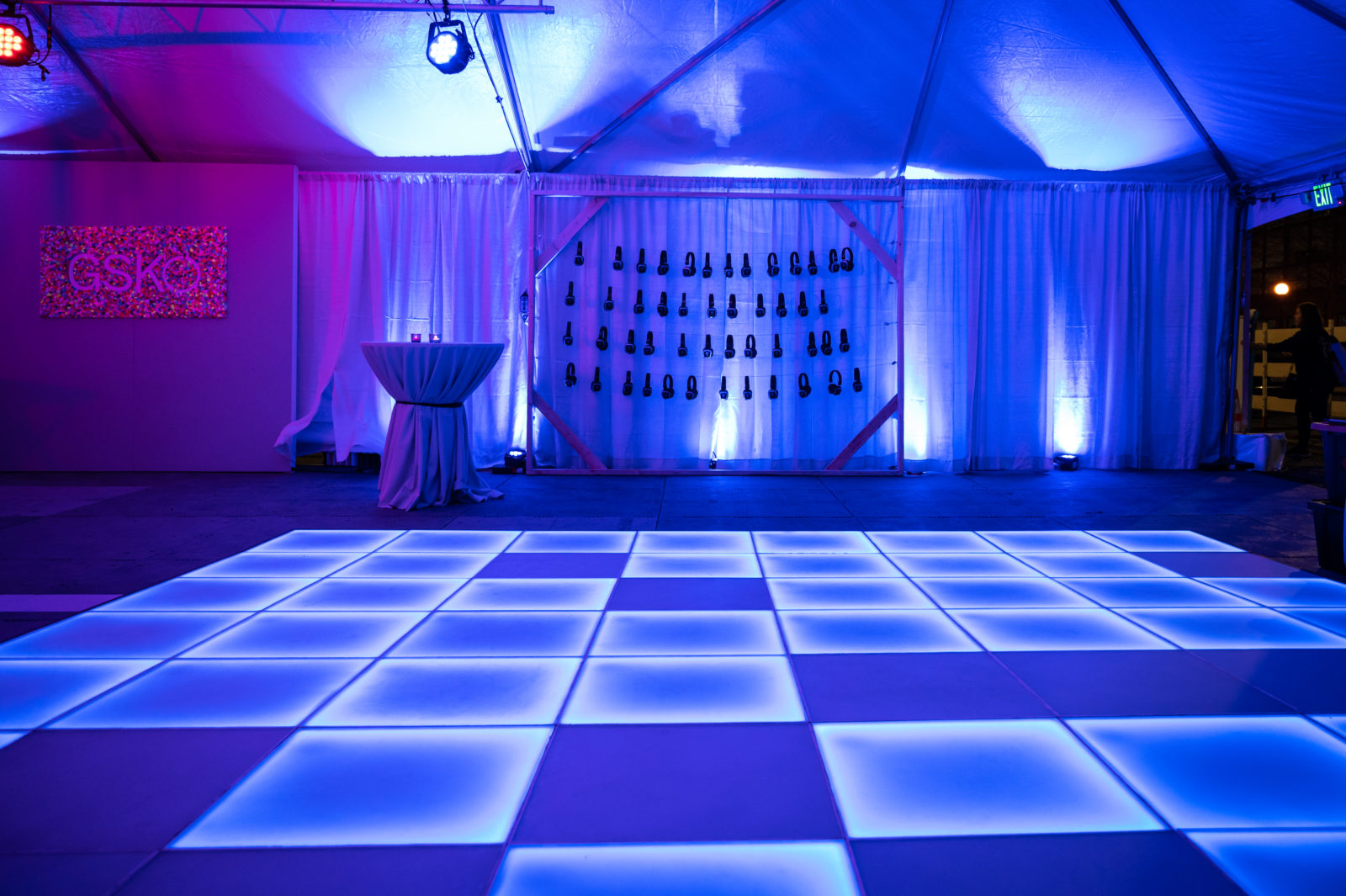A Transformative Impact in Luminance in Elevating Dance Surface Aesthetics
A Transformative Impact in Luminance in Elevating Dance Surface Aesthetics
Blog Article
Illumination plays a critical role in creating the environment of a dance floor. It can convert a simple space into an dynamic environment that boosts the overall encounter for dancers and audience alike. The appropriate lighting can influence the feeling, dynamism, and even the form of the performance being performed. By using different types of lighting, such as spotlights, colored illumination, and flashing lights, event organizers can design a dynamic environment that enthralls the audience and invites participation.
One of the primary functions of lighting on a dance floor is to illuminate the dancers. Focused lights can be used to direct attention on solo dancers or teams, making them the focal point of attention. This method not only displays their actions but also adds a dimension of theatricality to the show. When dancers are lit properly, their facial expressions and skills become more apparent, allowing the spectators to appreciate their abilities. This targeted lighting can also help to establish a story, leading the spectators through the show.
In addition to highlighting performers, colored lights can significantly impact the mood of the dance floor. Different colors elicit varied feelings; for instance, warm Visit Website colors like crimson and amber can generate a sense of enthusiasm and vitality, while cooler colors like azure and emerald can encourage tranquility and ease. By thoughtfully using colored illumination, organizers can control the environment to match the theme of the event or the style of the dance. This considerate approach to lighting setup can improve the complete experience for everyone involved.
Strobe lights and other dynamic lighting effects can also add excitement to a dancing area. These features can create a sense of beat and motion that complements the music being played. When synchronized with the beat, flashing lights can make the dancing area feel vibrant, inviting dancers to move in time with the flashing lights. This interaction between light and music can elevate the energy of the event, making it more pleasurable for both dancers and audience. The use of such effects requires careful consideration to ensure they improve rather than distract from the show.
Ultimately, the complete design of the lighting setup is essential for establishing a unified look on the dancing area. A well-thought-out lighting strategy considers the layout of the space, the type of performance being executed, and the spectators' experience. By integrating various lighting methods, such as background lighting, highlighting, and unique features, planners can design a aesthetically impressive setting. This attention to detail not only improves the performance but also leaves a memorable impact on the audience, making the event unforgettable. In summary, the powerful power of lighting is vital in improving dance floor appearance, creating an captivating and pleasurable experience for all.